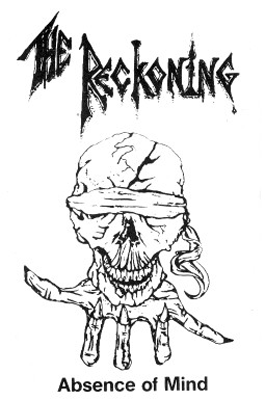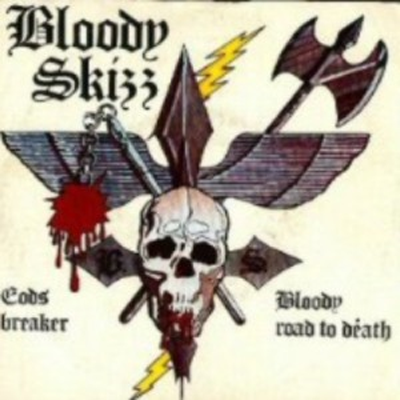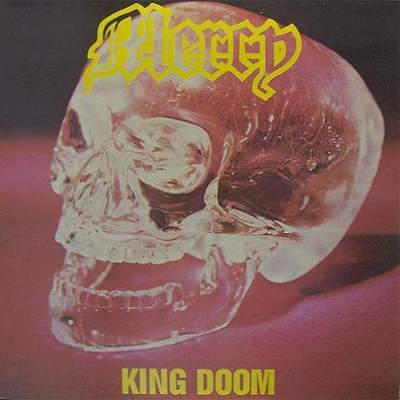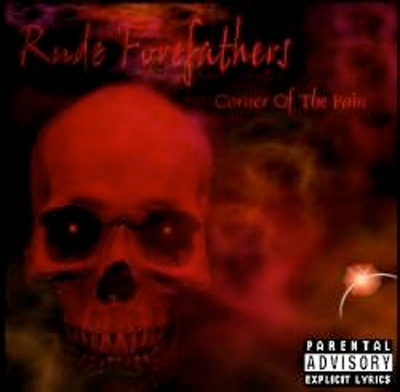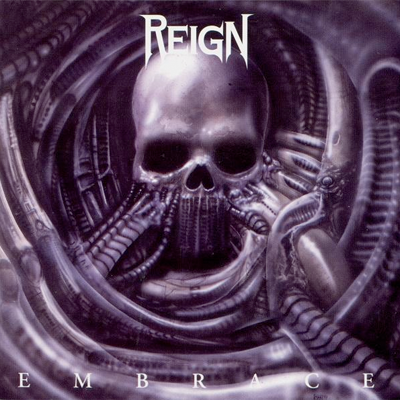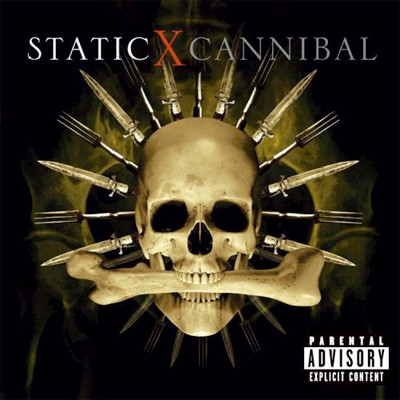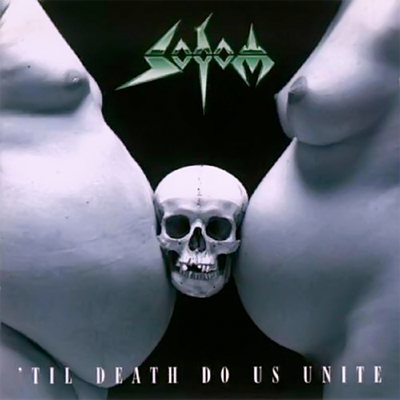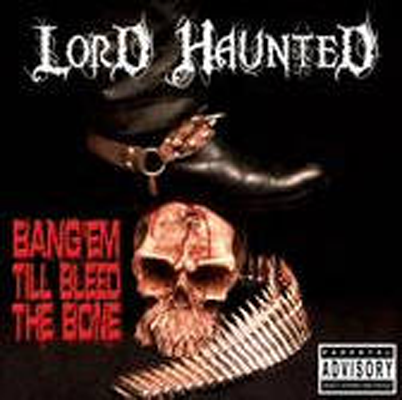
LORD HAUNTED, Bang ‘Em Till Bleed the Bone (2007, demo)
The skull:
We have a winner here people. This prehistoric-looking skull appears to be a product of inbreeding. Just guessing. What an honor it must be, then, to be draped in a bullet belt and have a boot coming down on your head to try to, apparently, “bleed the bone.” And damned if the boot isn’t winning! We have here yet another demo band actually volunteering to place the parental advisory sticker on their album cover. (See also Skull210) It threatens to ruin everything, but this cover’s so awesome, not even that can diminish its greatness. So, till next time: bang ’em till bleed the bone and, uh, fist pump it till…um…till scrape the flesh.
The music:
The fact that Lord Haunted covers Manilla Road’s “Dig Me No Grave” should tell you all you need to know about their musical preferences. It’s an interesting cover choice, something from one of Manilla’s least-celebrated albums (The Courts of Chaos). The four other songs are all originals, and even if the cover art looks more like a dirty black/thrash kind of thing, this is pure epic traditional metal; none of these songs would have been out of place on any of those early Metal Massacre compilations. There’s an especially strong whiff of California’s Tyrant here, if that helps. When he’s in screaming mode, vocalist Marcos Fazzio often sounds uncannily similar to Artillery’s Flemming Ronsdorf, which is kinda cool, because you don’t hear that often. Lord Haunted is not bad, most the songs have a good bit of depth, lots of interesting parts, and the the dudes have the skills to pull it off. If the already-mentioned bands are your thing, as well as Omen, Helstar, Dio and Mercyful Fate, you could do worse. You won’t hear anything original either, but you probably weren’t expecting to.
— Friar Wagner
